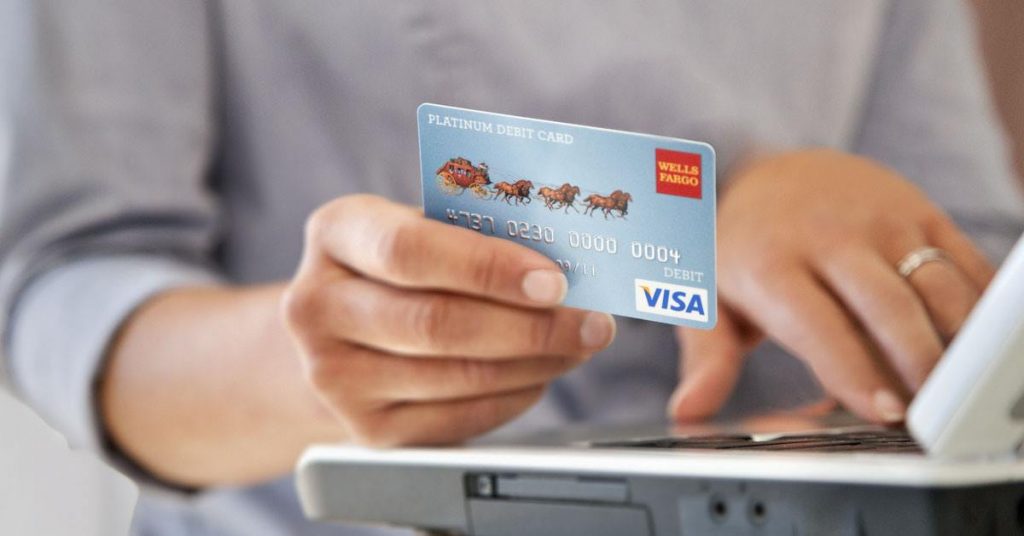Ask the Experts: Why Banks Offer 0% Credit Cards
Adel Varghese, instructional associate professor in the Department of Economics, uses his expertise to explain why banks offer 0 percent APR credit cards.

By Adel Varghese, instructional associate professor of economics

Varghese researches linkages between banks and credit institutions as well as non-experimental approaches in impact evaluation.
Editor’s Note: Adel Varghese is an instructional associate professor in the Department of Economics at Texas A&M University. In this Q&A, which was originally published by WalletHub, Varghese uses his expertise to explain why banks offer zero APR credit cards.
Why do banks offer 0% credit cards?
Banks offer 0% credit cards to expand their customer base and extend their brand recognition and encourage “switching” – balance transfers. Customers are reluctant to switch banks unless they are provided with an incentive. Hopefully, customers will be attracted to banks’ other services (cross-selling). Furthermore, the interest rate is not the only way banks obtain revenue from credit cards: other options are annual fees (though rare for balance transfer cards), a contribution from merchants who use their card (so 0% encourages that spending), and penalties on late payments Also, right now specifically interest rates are so low it is not much of a loss on their side. Furthermore, banks must have studied borrower behavior and found that many borrowers are optimistic about repaying and may get caught with penalties.
Are 0% credit cards a trap?
So tied into the discussion above, interest rates may rise at some point though the Fed has committed not to raise interest rates for some time.
Still, some may say they are a trap because banks are organized with a marketing department which has found that this method is a way to increase their profits. Each customer though has their own life to worry about and most do not do research on the 0% rate but are attracted to the glittery new toy. Bankers would say they are playing the market, social workers would say they. are exploiting financially illiterate customers with bounded rationality.
What types of expenses should a 0% credit card be used for, and vice versa?
One can treat a 0% credit card as a short-term loan. You are out of liquidity now but anticipate future liquidity. It is better than having to go to family and friends or even payday loans. They can be used to buy durable items such as refrigerators. Or expenditures that are made now like a daughter’s quinceanera. For example, I am saving money to buy a refrigerator, the old one is leaking but I do not have the money right now to buy it. I will have the money in 6 months. Then the 0% credit card is very appealing as long as the borrower keeps up with the previously allotted monthly amount for the refrigerator.
How much is a 0% intro rate worth to a consumer? And how does the length of that intro term affect the value?
I cannot put a dollar value on it but not that much because again it would help in short and medium debt. For some in very tight spots, it will be helpful but there is always a credit limit. Yes, each month of value will help the consumer by that one month of extension to repay. However, some companies offer this already. For example, Amazon and Apple offer a method to pay off your principal installments, Amazon makes it very easy by saying how much would be due every month and the amount to pay. Products like this diminish the value of 0% credit cards.
Are 0% credit cards immoral because they encourage debt?
This is a philosophical question – similar to what was stated before. Banks would say they are offering an added service to customers while customer groups would say they are preying on borrowers with limited knowledge.
Are 0% credit cards to blame for rising credit card debt levels?
I doubt they play much of a role. Credit card debt is rising because people have had a hard time recently and depended on credit cards for some funding. The additional contribution of 0% debt is not much. As explained previously people have alternatives. Furthermore, borrowers need to be approved and also face credit limits.
